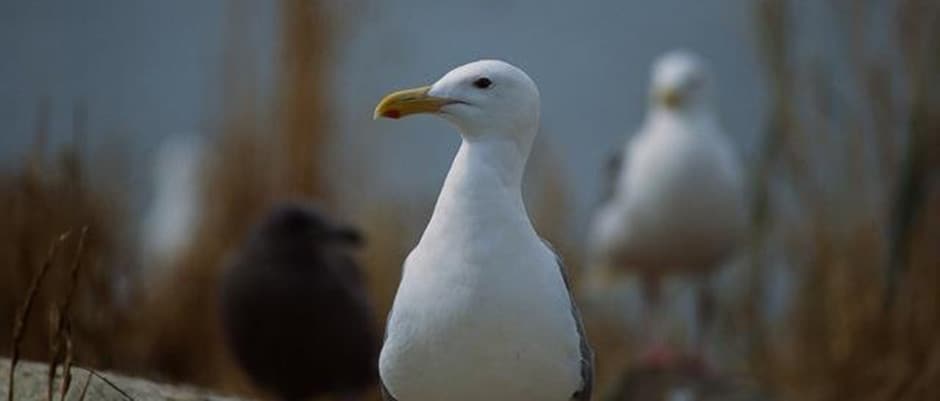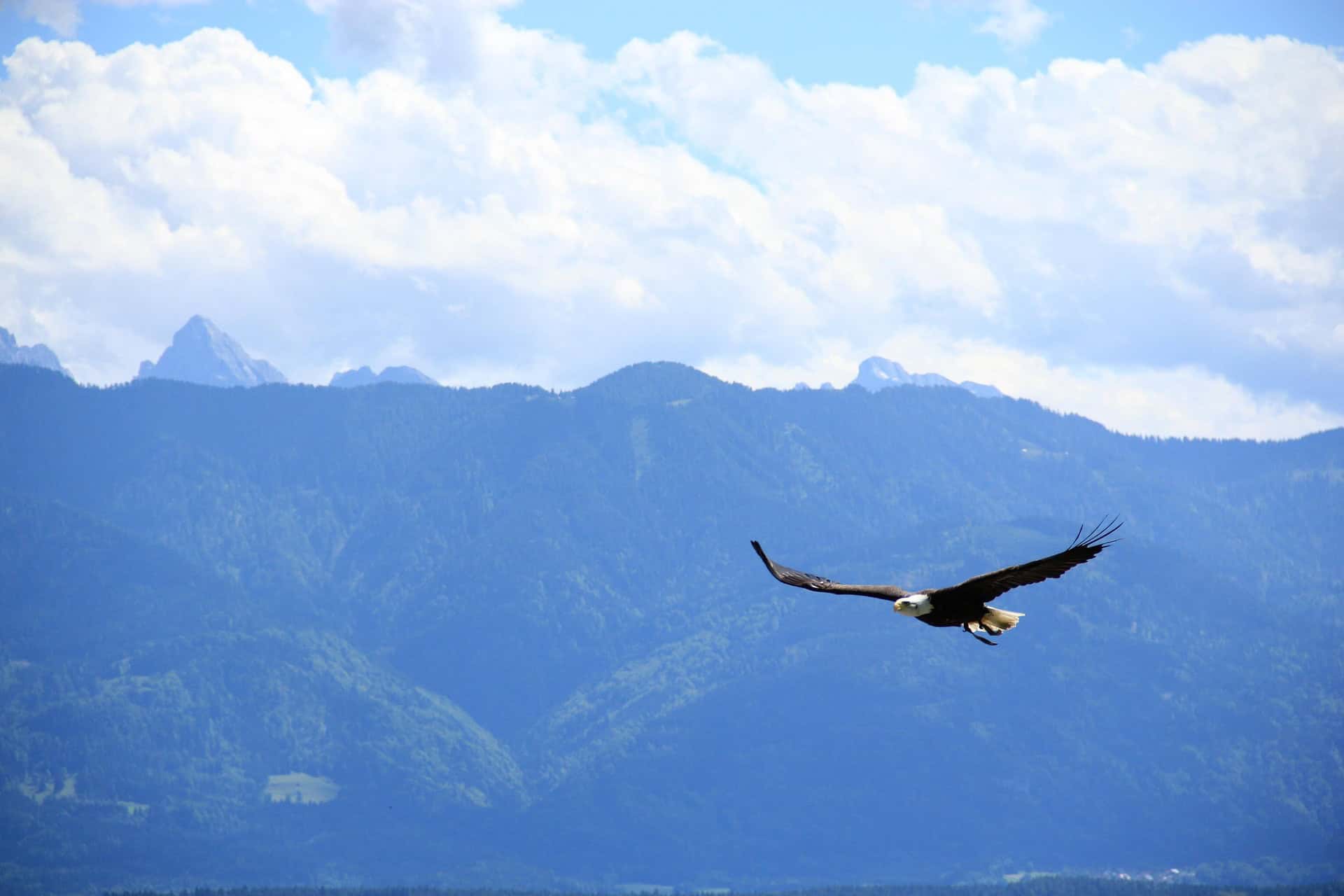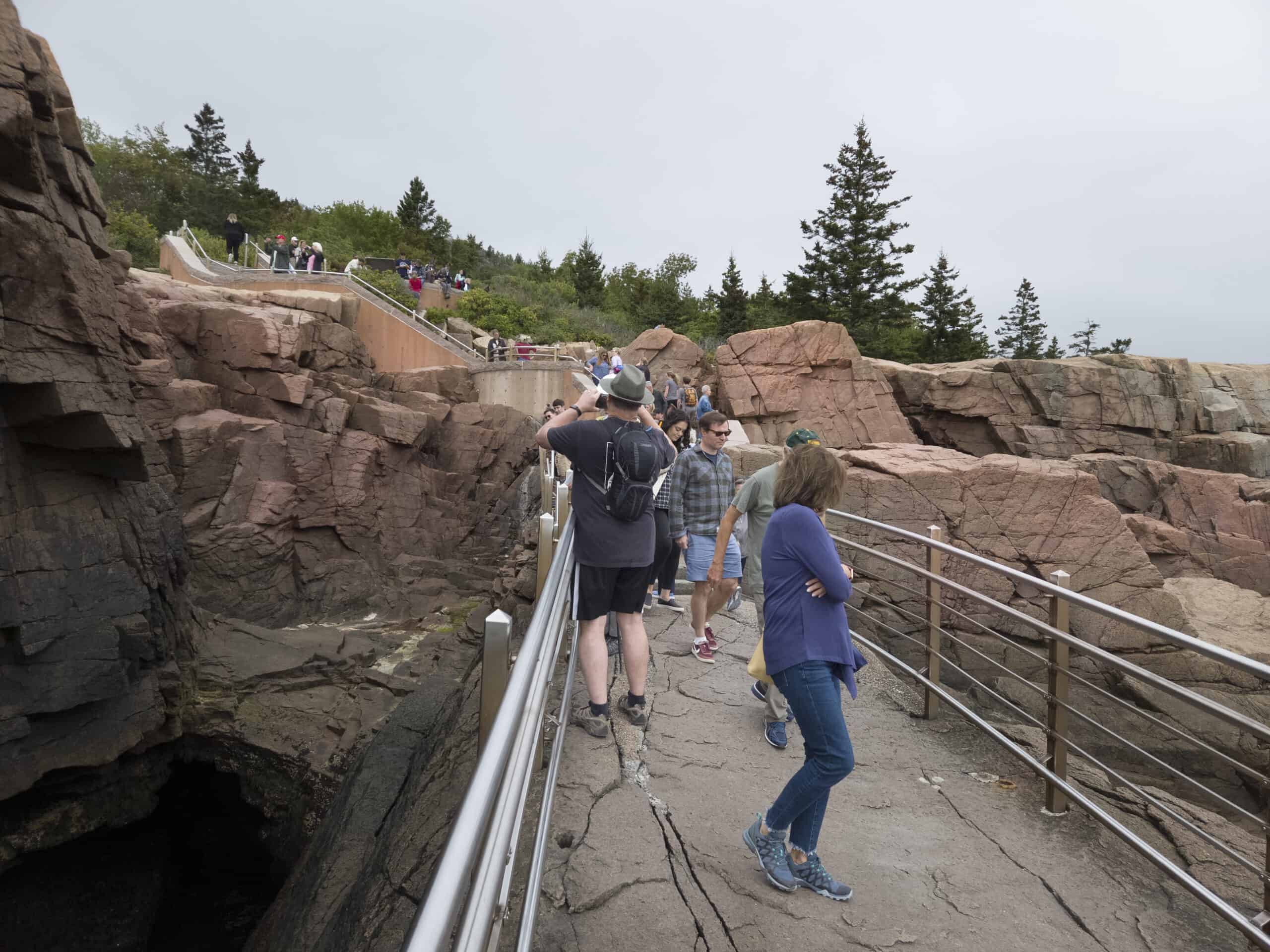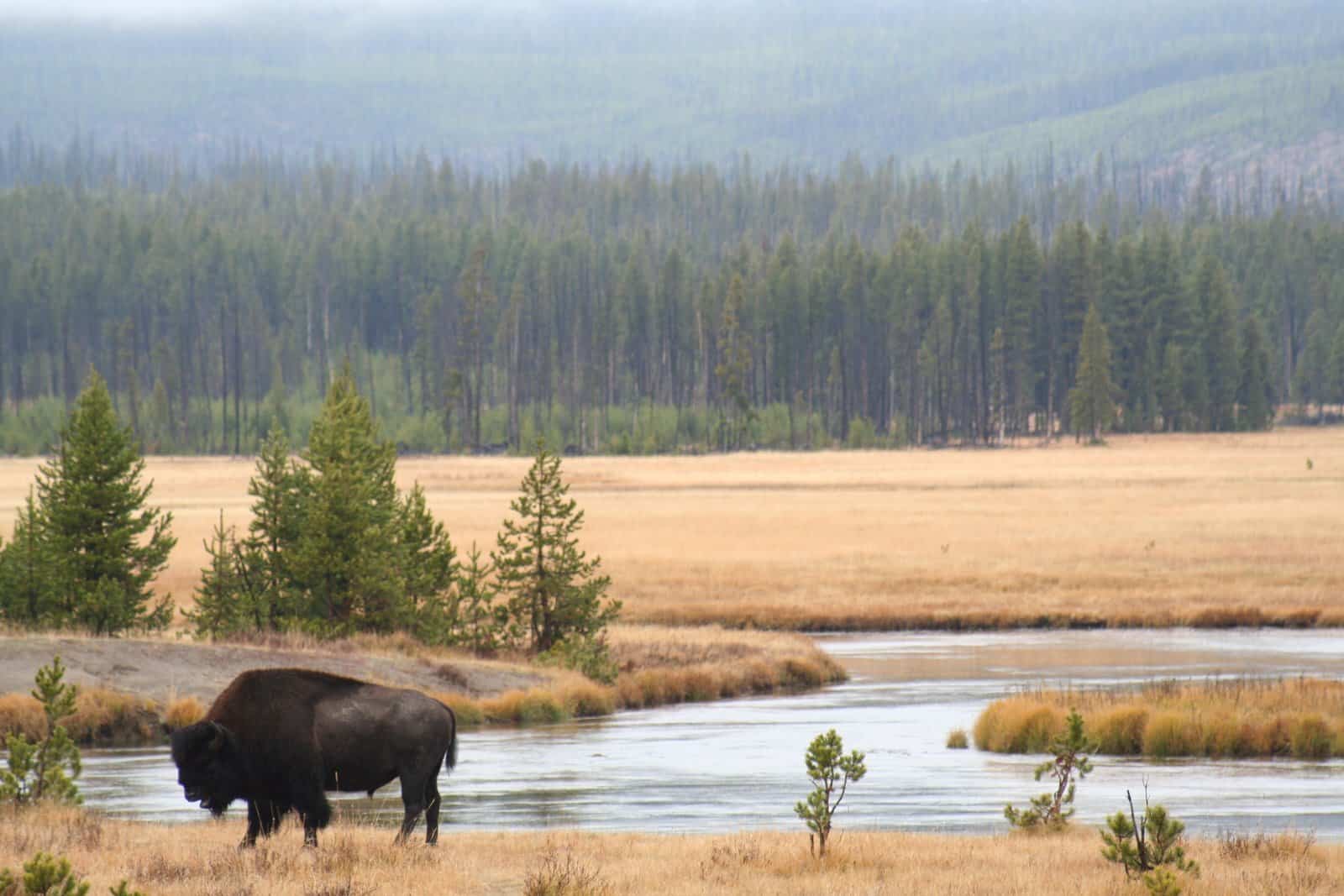Share this article
Assessing the Big Picture on Declining Gull Populations
Gull populations off Canada’s southwest coast have dropped by half since the 1980s, likely due to a decline in quality food, according to a new study.
But at the risk of crying wolf, researchers at the University of British Columbia looked at long-term data compiled about the Glaucous-winged Gulls (Larus glaucescens) over the past 150 years to make sure the 30-year trend isn’t a passing phase.
“The larger implications in part are to point out that using long-term information on population trends, diet and demography gives us a much richer picture of the factors potentially driving bird population trends, said Peter Arcese, the Forest Renewal British Columbia chair of conservation biology at UBC and coauthor of the study.
“The [gull] population increased into the 1980s, but that’s really only when people started monitoring birds systematically there.”
Arcese said the team focused their study on Mandarte Island — a small rocky outcropping in the Salish Sea near Vancouver Island. On that island, the population of birds had increased from 200 breeding pairs around the beginning of the 20th century to about 2,500 breeding pairs in the 1980s. But he said this spike could be representative of the effects of the Migratory Bird Treaty Act of 1918. Prior to that, humans harvested gull eggs or hunted the birds and historical factors like the gold rushes of the 1800s could have affected populations.
The study found that even though gull populations started to recover throughout most of the 20th century, egg clutch sizes tended to be small, and diet analysis showed a decline in food quality.
“Eventually the decline in diet reduced clutch size and began to impair the survival of young to the point that that increase could no longer be sustained,” Arcese said.
He also added that other factors like the recovery of bald eagles (Haliaeetus leucocephalus) that prey on gulls could have had an effect on the latter’s numbers. And the lack of food for gulls may only make it easier for the eagles to hunt them. “When food is short, predators are often more effective.”
A Gauge for Ecosystem Change
While Arcese said that many people often think about gulls as “garbage birds,” the birds didn’t always feed on human trash and leftovers. Much of their diet was based on so-called forage fish.
“This bird 150 years ago was a bird that fed almost exclusively on herring and other marine organisms,” Arcese said. But these fish stocks have declined drastically over the past 150 years due to human development and fishing.
“We think there needs to be focused attention on the recovery of forage fish stocks that sustain a whole host of marine organism and marine birds,” he said.
And it isn’t just gulls. The birds were chosen because their wide-ranging diet means their population dynamics are a good gauge for health of the ecosystem in general. “Because they’re generalists, and omnivores, they also tell us something about the foods available over the past 150 years,” Arcese said. “We think the gulls are riding on top of that long-term change.”
Arcese said the gull study is part of a larger work on the history of bird populations on the Salish Sea that sits roughly between Vancouver Island and the mainland of B.C. and Washington state. They have done other studies on Mandarte island looking at marbled murrelets (Brachyramphus marmoratus) and western grebes (Aechmophorus occidentalis), which have declined by 90 percent since the 1950s and 1970s, respectively. But while the historical information on the numbers of these birds is often fragmented, they have much better information on gulls. This is necessary, he stresses, because in order to create working conservation and management plans, it’s necessary for governments and conservationists to know what the situation was like in the past.
“It’s that long term perspective that we feel is essential if someone is going to be able to create a reliable and defensible long term conservation plan,” he said. “When we talk about restoring ecosystems, we need to know where we come from. You can’t know what’s going on by looking at the past 20 years.”
Header Image:
The number of Glaucous-winged gulls (Larus glaucescens) in the Georgia Basin is down by 50 percent from the 1980s.
Image Credit: Louise Blight








